How To Do Overhead Shots ?
To capture overhead shots, you can use various techniques and equipment depending on the context and desired outcome. One common method is to use a tripod or a stable surface to position your camera directly above the subject. This can be achieved by extending the tripod's center column or using a boom arm to suspend the camera overhead. Alternatively, you can use a drone or an aerial photography platform to capture overhead shots from a higher vantage point. Another option is to use a camera rig or a camera crane to achieve smooth and controlled overhead movements. Additionally, you can experiment with different angles, lighting, and composition to enhance the visual impact of your overhead shots.
1、 Camera positioning and angle for overhead shots
To achieve overhead shots, proper camera positioning and angle are crucial. Here's a step-by-step guide on how to do overhead shots:
1. Choose the right equipment: Use a tripod or a stable surface to ensure the camera remains steady during the shot. If you have a flexible tripod, it can be helpful in adjusting the camera angle.
2. Find the perfect location: Look for a spot that provides a clear view of the subject from above. This could be a high vantage point or a platform that allows you to position the camera directly overhead.
3. Adjust the camera height: Set up the tripod or position the camera at an appropriate height to capture the desired overhead angle. This will depend on the subject and the scene you want to capture.
4. Frame the shot: Compose the shot by adjusting the camera's position and angle. Ensure that the subject is centered and that there is enough space around it to capture the entire scene.
5. Fine-tune the camera settings: Adjust the camera settings such as exposure, focus, and white balance to suit the lighting conditions and the desired effect.
6. Use a remote trigger or self-timer: To avoid camera shake, use a remote trigger or the camera's self-timer function to take the shot without physically touching the camera.
7. Review and adjust: After taking the shot, review the image on the camera's LCD screen. If necessary, make any adjustments to the camera positioning or angle to capture the shot exactly as desired.
The latest point of view in overhead shots is the use of drones. Drones equipped with cameras can capture stunning overhead shots from various heights and angles. They offer more flexibility and creativity in capturing overhead shots, especially in outdoor settings. However, it's important to familiarize yourself with local regulations and guidelines for drone usage to ensure safety and legality.
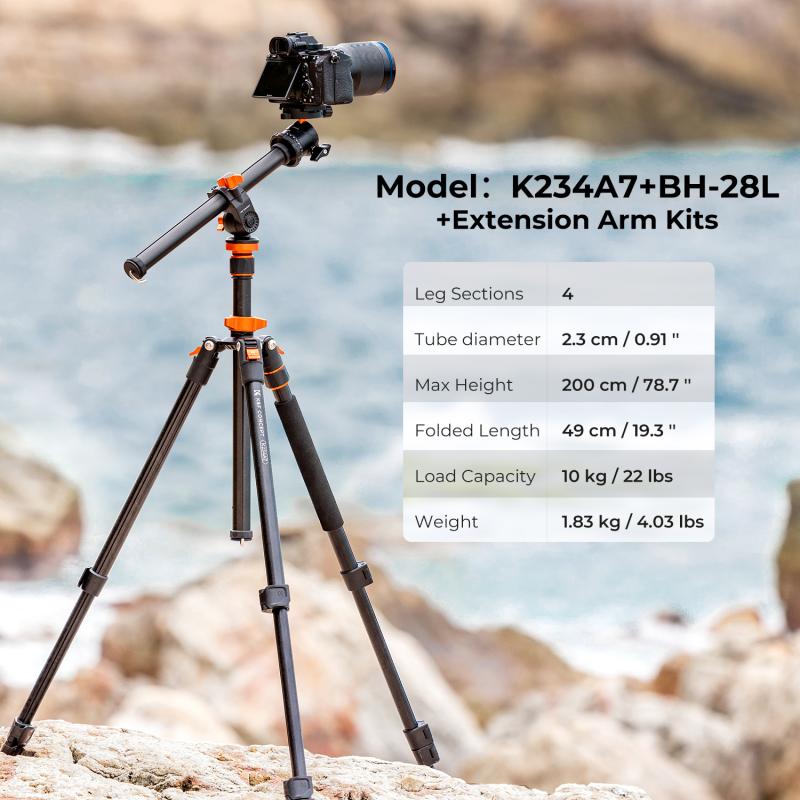
2、 Lighting techniques for capturing overhead shots
To capture overhead shots effectively, there are a few key techniques and considerations to keep in mind. These techniques apply to various scenarios, such as product photography, food photography, or even capturing aerial views. Here's a guide on how to do overhead shots:
1. Choose the right equipment: Use a sturdy tripod to ensure stability and avoid camera shake. If possible, invest in a tripod with a center column that can be tilted horizontally for overhead shots. Additionally, a remote shutter release or self-timer can help minimize camera movement.
2. Plan your composition: Determine the layout and arrangement of the subject(s) in advance. Consider the background, props, and any additional elements that will enhance the shot. Experiment with different angles and perspectives to find the most visually appealing composition.
3. Lighting setup: Proper lighting is crucial for capturing overhead shots. Utilize natural light whenever possible by shooting near a window or in a well-lit area. If artificial lighting is necessary, consider using diffused light sources to avoid harsh shadows. Softboxes, reflectors, or bounce cards can help achieve a balanced and even lighting effect.
4. Adjust camera settings: Set your camera to aperture priority mode (A or Av) to control the depth of field. Use a small aperture (higher f-stop number) to ensure that the entire scene is in focus. Adjust the ISO and shutter speed accordingly to achieve the desired exposure.
5. Experiment with angles and perspectives: Overhead shots offer a unique viewpoint, so don't be afraid to get creative. Try shooting from different heights and angles to add depth and visual interest to your images.
In the latest point of view, it's worth mentioning the growing popularity of using drones for capturing overhead shots. Drones equipped with high-resolution cameras provide a unique perspective and allow for more dynamic and versatile overhead shots. However, it's important to familiarize yourself with local regulations and guidelines regarding drone usage to ensure safety and legality.
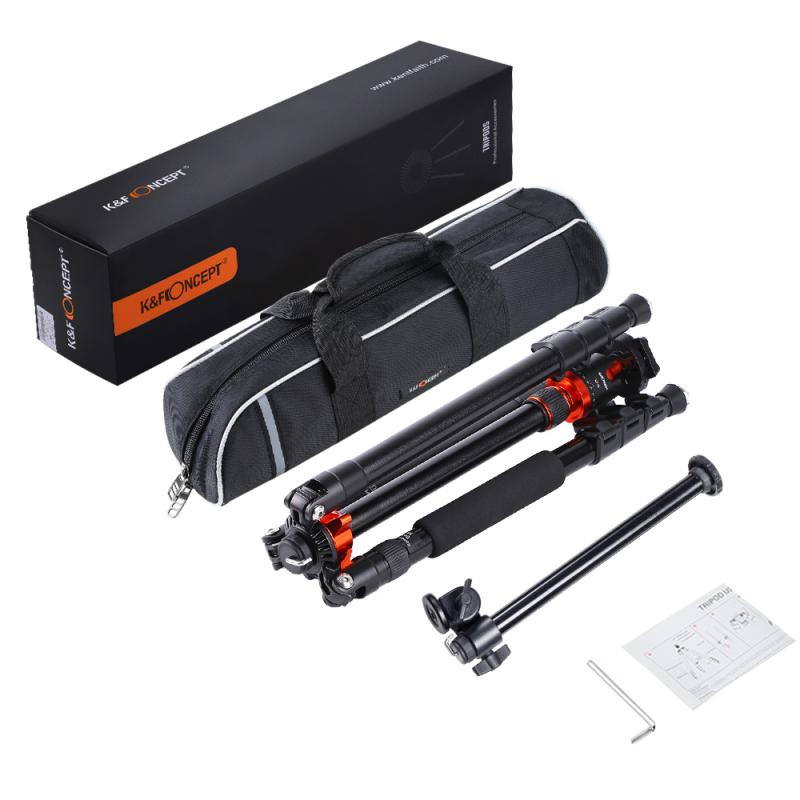
3、 Equipment and tools for achieving overhead shots
To achieve overhead shots, there are a few key steps and equipment that can help you capture stunning images or videos from above. Here's a guide on how to do overhead shots and the necessary tools to achieve them:
1. Choose the right location: Find a suitable location with enough space to position your camera or equipment overhead. This could be a high vantage point, a sturdy structure, or even a specialized overhead rig.
2. Use a tripod or overhead rig: A stable base is crucial for overhead shots. A tripod with a center column that can be extended vertically is a good option. Alternatively, an overhead rig can be used to suspend the camera securely from above.
3. Remote triggering: To avoid camera shake, use a remote trigger or a smartphone app to control the camera shutter remotely. This allows you to capture shots without touching the camera directly.
4. Tilt and swivel functionality: Ensure your tripod or overhead rig has tilt and swivel functionality to adjust the camera's angle and position precisely. This allows you to frame your shot effectively.
5. Wide-angle lens: A wide-angle lens is ideal for capturing a larger area from above. It helps to include more details and create a sense of depth in your overhead shots.
6. Lighting considerations: Depending on the location and subject, you may need additional lighting equipment such as reflectors or external flashes to ensure proper illumination.
7. Post-processing: After capturing your overhead shots, post-processing software can help enhance the final image or video. Adjusting brightness, contrast, and color balance can make your shots more visually appealing.
In recent years, advancements in technology have introduced new tools for achieving overhead shots. For example, drones equipped with high-resolution cameras have become increasingly popular for capturing aerial perspectives. They offer flexibility in positioning and can capture shots from various heights and angles. However, it's important to familiarize yourself with local regulations and guidelines when using drones for overhead shots.
Overall, achieving overhead shots requires careful planning, the right equipment, and a creative eye. With the right tools and techniques, you can capture unique and captivating images or videos from above.
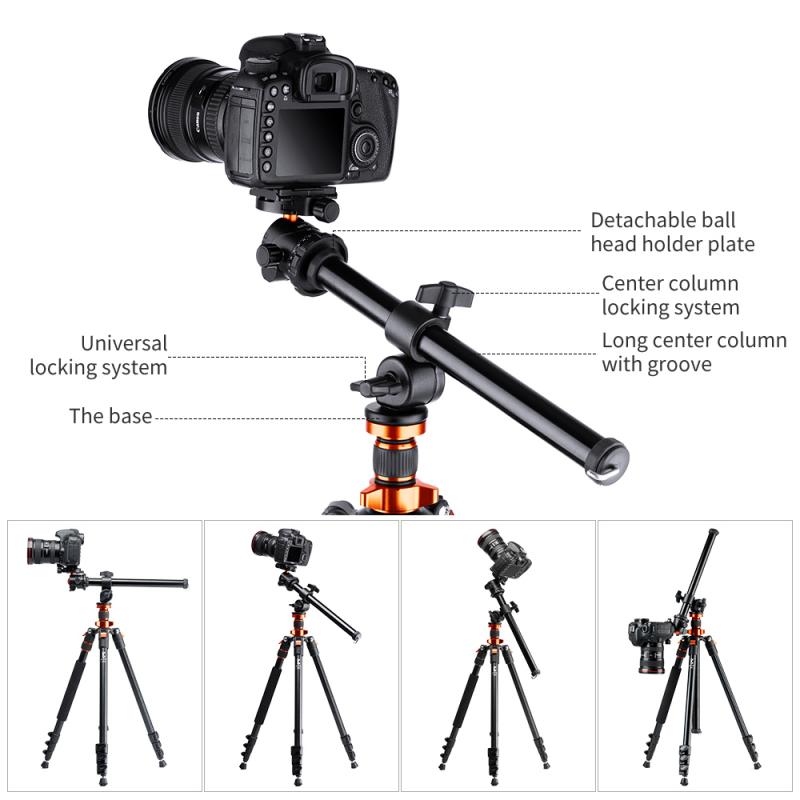
4、 Composition and framing tips for overhead shots
To capture compelling overhead shots, there are a few key techniques and considerations to keep in mind. Here are some tips on how to achieve great composition and framing for overhead shots:
1. Choose the right angle: Position yourself directly above the subject to get a true overhead perspective. This can be achieved by using a ladder, elevated platform, or even by shooting from a higher floor or balcony.
2. Use a wide-angle lens: A wide-angle lens allows you to capture a larger area from above, giving a sense of scale and context to your shot. It also helps to minimize distortion and keep the entire subject in focus.
3. Pay attention to lighting: Overhead shots often work best with even lighting to avoid harsh shadows. Natural light from a large window or diffused artificial lighting can help achieve this. Experiment with different lighting setups to find the most flattering and visually appealing result.
4. Consider the background: Ensure that the background complements your subject and adds depth to the composition. A clean and uncluttered background can help draw attention to the main subject of your overhead shot.
5. Experiment with different compositions: Overhead shots offer a unique perspective, so don't be afraid to get creative with your compositions. Try different angles, patterns, and symmetrical arrangements to add visual interest to your shot.
6. Use props or leading lines: Incorporating props or using leading lines can help guide the viewer's eye through the frame and create a sense of depth. This can be particularly effective in overhead shots where the subject may appear flat without these elements.
7. Edit and enhance: Once you have captured your overhead shots, post-processing can further enhance the composition and framing. Adjusting the contrast, saturation, and cropping can help refine the final image and bring out the desired visual impact.
Remember, the latest point of view in photography is constantly evolving, so don't be afraid to experiment and push the boundaries of traditional overhead shots. Embrace your creativity and explore new perspectives to capture unique and captivating images.
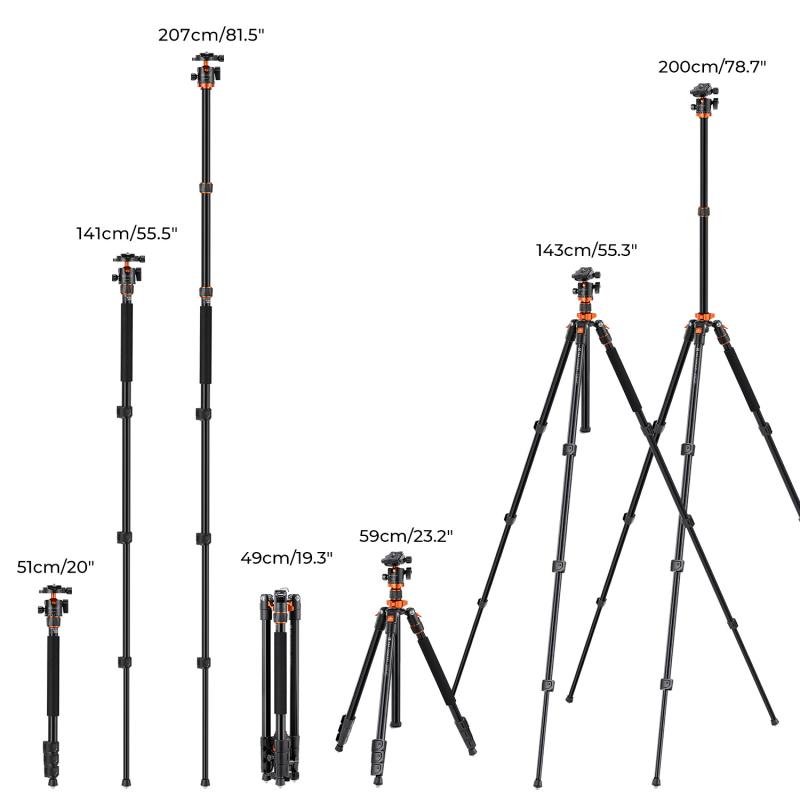



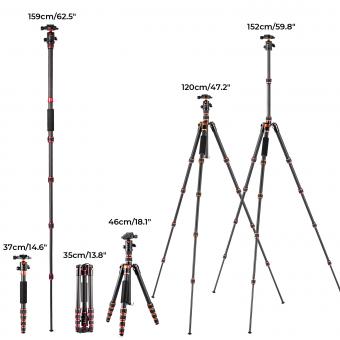





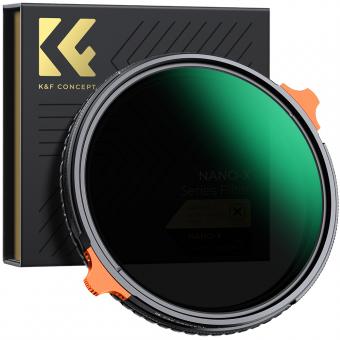





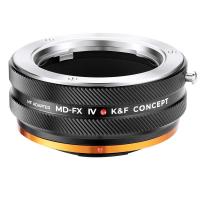
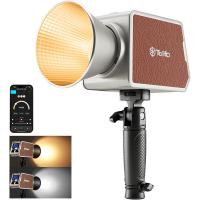


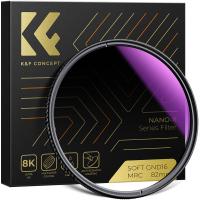
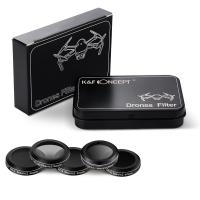
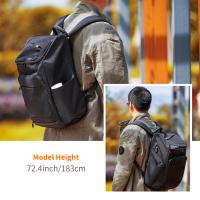


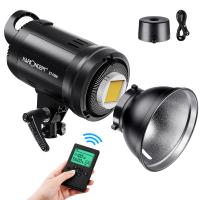
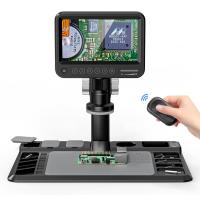

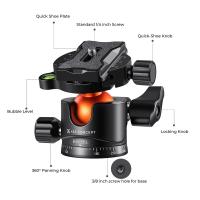
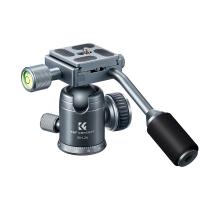

There are no comments for this blog.